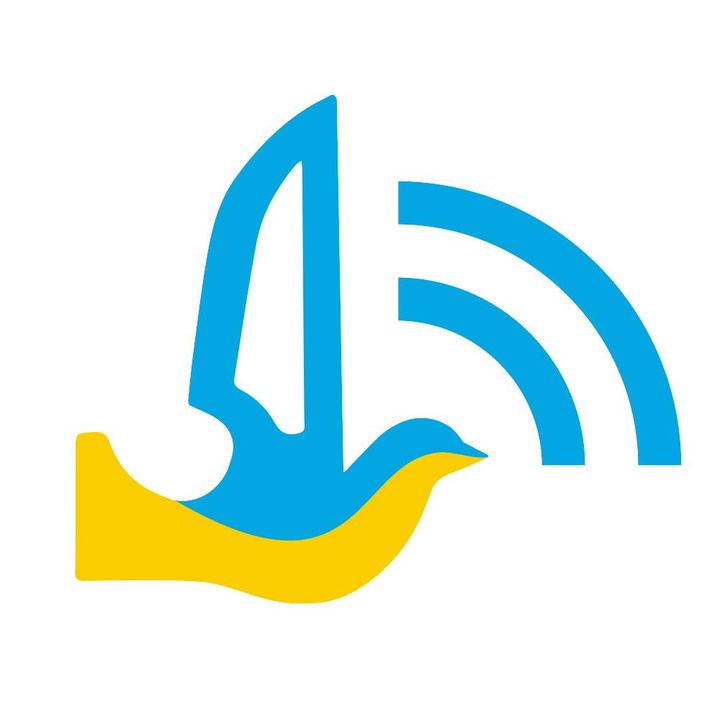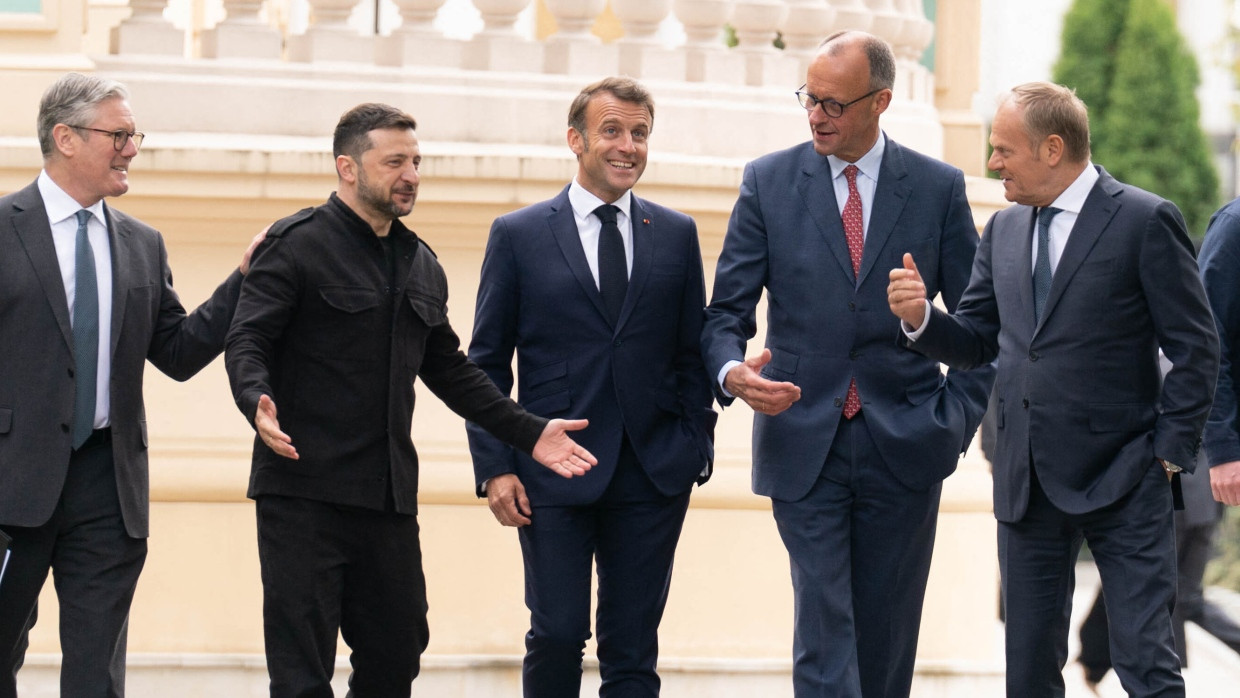Ukrainian President Volodymyr Zelenskyy will arrive in Washington on Monday accompanied by an extensive lineup of European leaders for talks with US President Donald Trump.
The meeting, set for 18 August in the Oval Office, comes just days after Trump’s controversial summit with Vladimir Putin in Alaska. That encounter, where Trump echoed parts of Putin’s peace demands, has alarmed European and Ukrainian leaders who fear Washington may be drifting toward Moscow’s agenda.
High-profile delegation
According to international media, the delegation includes:
- French President Emmanuel Macron
- German Chancellor Friedrich Merz
- UK Prime Minister Keir Starmer
- Italian Prime Minister Giorgia Meloni
- Finnish President Alexander Stubb
- European Commission President Ursula von der Leyen
- NATO Secretary General Mark Rutte
Their joint appearance is widely seen as an effort to bolster Zelenskyy’s position in Washington, amid concerns that Trump’s rapport with Putin could undercut Ukraine’s leverage.
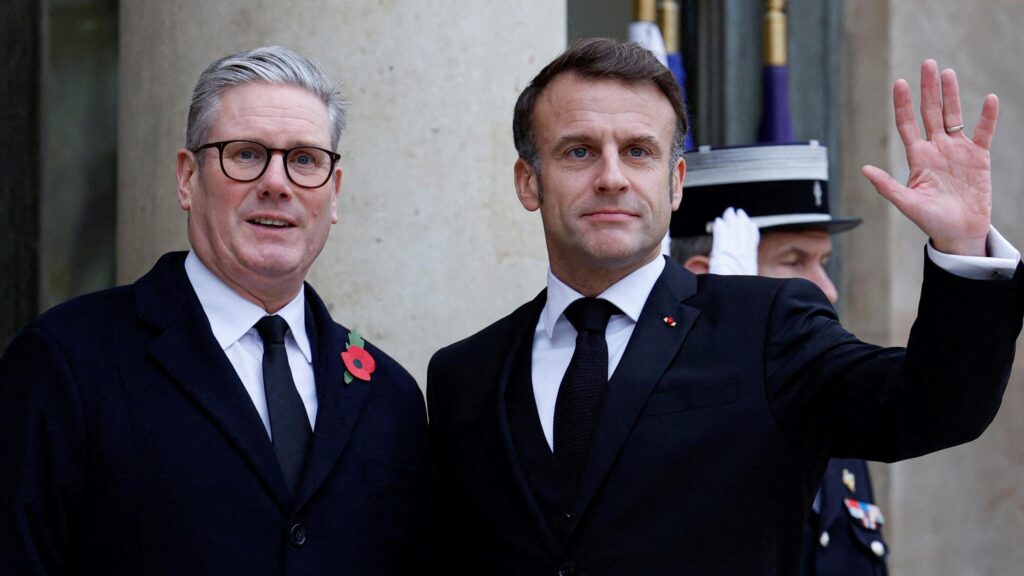
Trump eyes trilateral summit with Putin
Following the Oval Office talks, Trump reportedly wants to stage a trilateral summit with Putin and Zelenskyy on 22 August, according to Axios.
Anonymous sources say Trump has already discussed this idea in phone calls with Zelenskyy and European leaders. His warm embrace of Putin in Alaska raised alarms across Europe.
“European leaders fear Zelenskyy may not receive the same friendly treatment in Washington,” Politico reported.
A show of support
European capitals are calling this delegation a “desant of support.”
- Macron, Merz, and Starmer form the core of the so-called “coalition of the willing.”
- Meloni, ideologically close to Trump, is expected to add weight to the talks.
- Rutte, who enjoys good relations with Trump, will be present.
- Finland’s Stubb — a personal golfing partner of Trump — may serve as a mediator to keep discussions on track.
As BBC News Ukraine noted, Stubb once spent seven hours at Mar-a-Lago with Trump, using golf diplomacy to build trust.
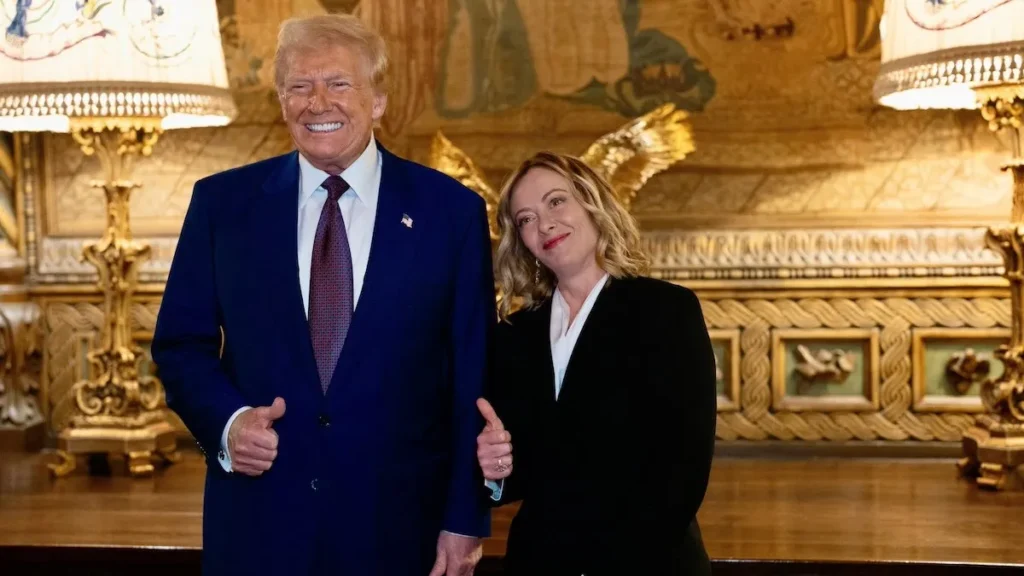
Putin’s demands in Alaska
At the Alaska summit, Putin made sweeping demands, described by Reuters as:
- Ukraine’s withdrawal from all government-held Donbas territory, in exchange for Russia giving up small parts of Kharkiv and Sumy Oblasts it occupies.
- US recognition of Crimea as Russian.
- Partial sanctions relief.
- Expanded rights for the Russian language and Russian Orthodox Church in Ukraine.
- A permanent ban on NATO membership for Ukraine, with vague promises of third-party guarantees.
“At least some of the demands represent an enormous challenge for Ukraine’s leadership,” Reuters wrote.
Journalist: “When will you stop killing civilians?”
— Euromaidan Press (@EuromaidanPress) August 15, 2025
Putin pretends not to hear.
Minutes later — he and Trump slip into the presidential Cadillac for talks. pic.twitter.com/z7mrfIfIgl
Zelenskyy: No trade on territory
Zelenskyy has firmly rejected any idea of surrendering land.
“Real negotiations must start from the current front line,” he said in Brussels after talks with von der Leyen. “The contact line is the best line for discussions.”
He stressed that under Ukraine’s Constitution, “trading land or surrendering territory is impossible.” If Russia refuses, he added, new sanctions must follow.
Von der Leyen: “Stop the killings”
European Commission chief Ursula von der Leyen underlined that ending civilian deaths is the top priority.
“The result must be an end to the killings. That is point number one,” she said.
She also expressed support for a trilateral meeting of Russia, the US, and Ukraine.
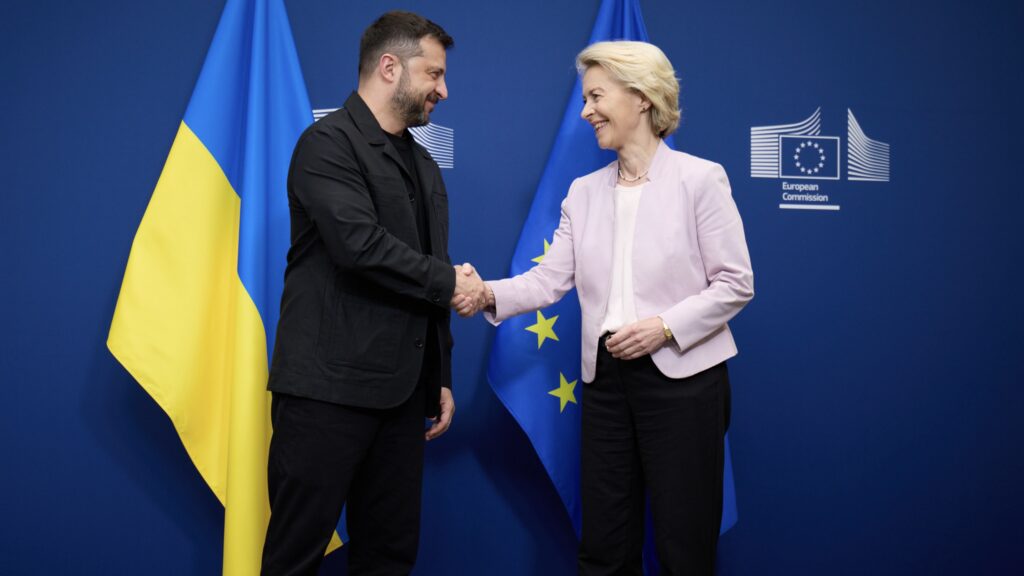
Security guarantees discussed
European officials confirmed that Trump floated the idea of security guarantees for Ukraine, possibly modeled on NATO’s Article 5.
Zelenskyy welcomed the move: “It is important that America agrees to work with Europe to provide security guarantees. This is a significant step forward.”
Yet, details remain unclear. Who would enforce them? What role would the US and EU play? Putin, for his part, suggested China could be a guarantor — a proposal viewed skeptically in the West.
The “Finnish model” debate
Some Western analysts have floated the idea of Ukraine following a “Finnish path” — ceding territory in exchange for peace, as Finland did with the USSR in 1944.
But Finnish President Stubb rejected the comparison, arguing that Finland lost two of three pillars of its statehood under Stalin’s settlement. He insists such concessions would be disastrous for Ukraine.
Read also
-
Reuters: After Alaska talks, Russia offers US firm return to Russian oil project and demands sanctions relief
-
“Now it’s up to Zelenskyy”: Trump shifts peace responsibility after Putin talks as Russia denies three-leader meeting claim
-
Alaska surrender: Putin scores total victory, Trump turns pressure on Ukraine



